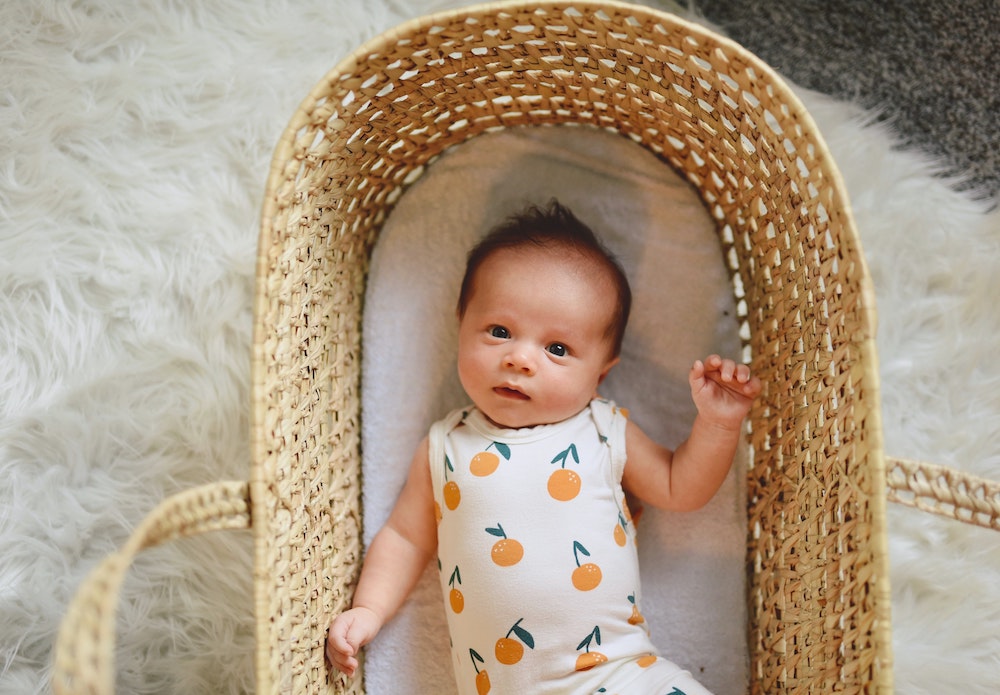Reduce the likelihood of Sudden Infant Death Syndrome (SIDS) in your home by taking the necessary precautions during your pregnancy and in the first six months of your baby’s life.
The leading cause of deaths in children under a year old, SIDS usually occurs when the babies are sleeping. Most cases happen when the infant is between two to four months of age, when he/she is not yet able to rouse from sleep. Practicing the following guidelines when your little one sleeps can dramatically reduce the risk of SIDS.
Risk Factors

Smoking and Passive Smoke
A major factor that greatly increases the risk of SIDS in babies is smoking. Babies with mums who smoked during their pregnancies are thrice more likely to have SIDS. Additionally, if any members of the household smoke, exposing the baby to passive smoke, he/she is twice as likely to get SIDS. Hence, once you learn you’re pregnant, it’s essential to stop smoking and also to not allow anyone else to smoke around your baby once born.
Maternal and Physical Factors
Mums can also affect the baby’s risk for SIDS, especially if they are younger than 20, smoke, use drugs or alcohol, and have inadequate prenatal care. Other risk factors include babies with low birth weight, a recent respiratory infection or if they’re born with brain defects.
Reduce the Risk of SIDS
Baby's Sleeping Environment
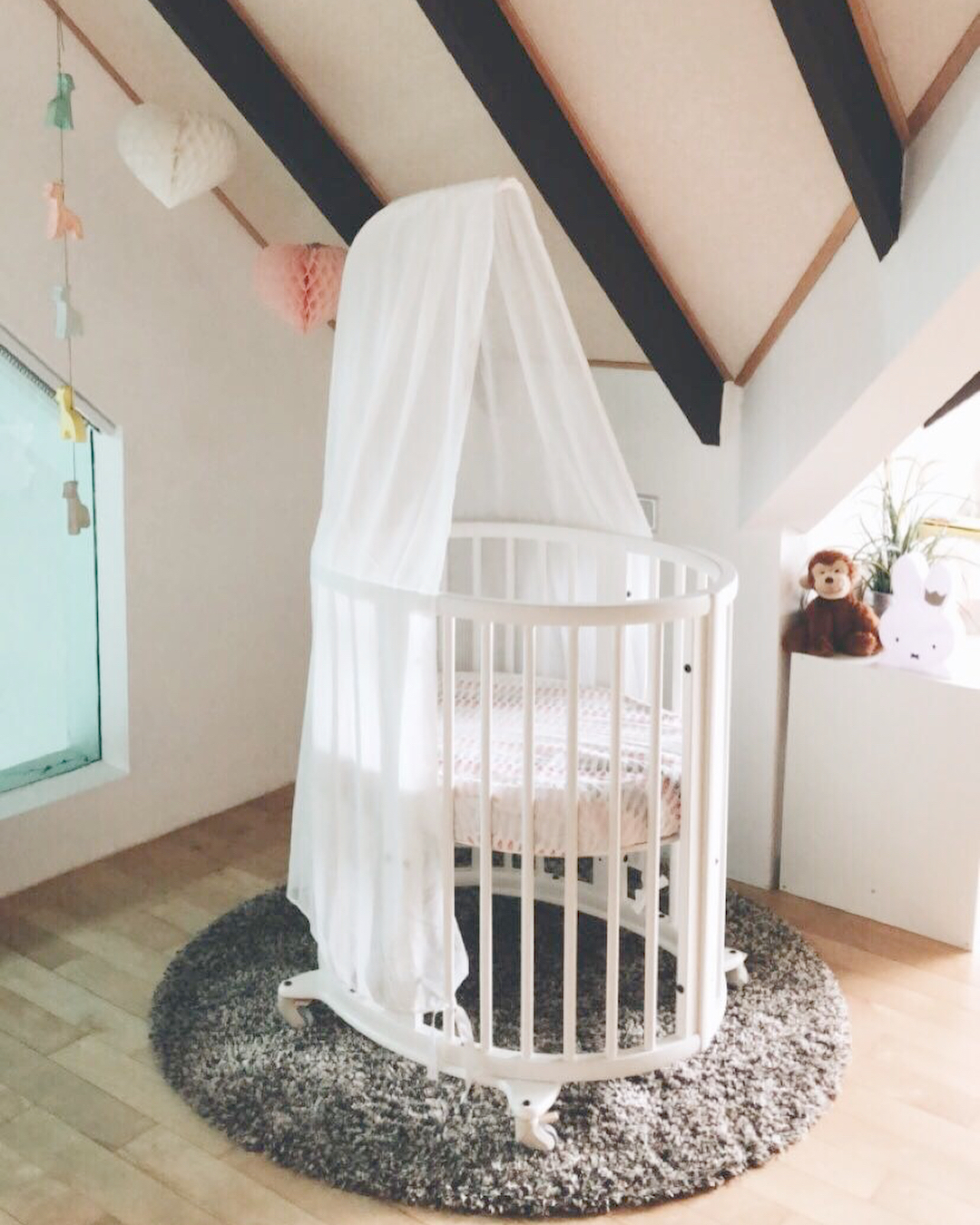
Another factor is the baby’s sleeping environment. Choose a flat, firm surface like a crib mattress, rather than a fluffy comforter or waterbed. Use the mattress made for your baby’s crib, which should fit snugly so there are no spaces between the mattress and crib frame. When covered with a sheet or mattress cover, the mattress shape should remain firm. The crib should remain as bare as possible, without crib bumpers, quilts, pillows, or stuffed animals to avoid accidentally suffocating your baby. Additionally, all bassinets, cribs or play yards you use should meet current safety standards. Around the room, ensure there are no hanging window cords or electrical wires near the crib or bassinet.
While the American Academy of Pediatrics recommends that your baby sleep in the same room as you, at least for the first six months, it’s not recommended for you to share the bed with your little one. In fact, bed sharing is the most common cause of death for babies younger than three months, so it’s best to put your baby in his/her own bed. Additionally, avoid using portable bed rails because of the risk of strangulation and entrapment.
Baby-Safe Sleeping: Stokke, Boori, and Bonbijou mattresses, Candide Mattress Protector, Bonbjiou, Hauck, Boori Alice and Stokke cots, fitted sheets and travel cribs (prices from $39 to $1,300).
Room Temperature
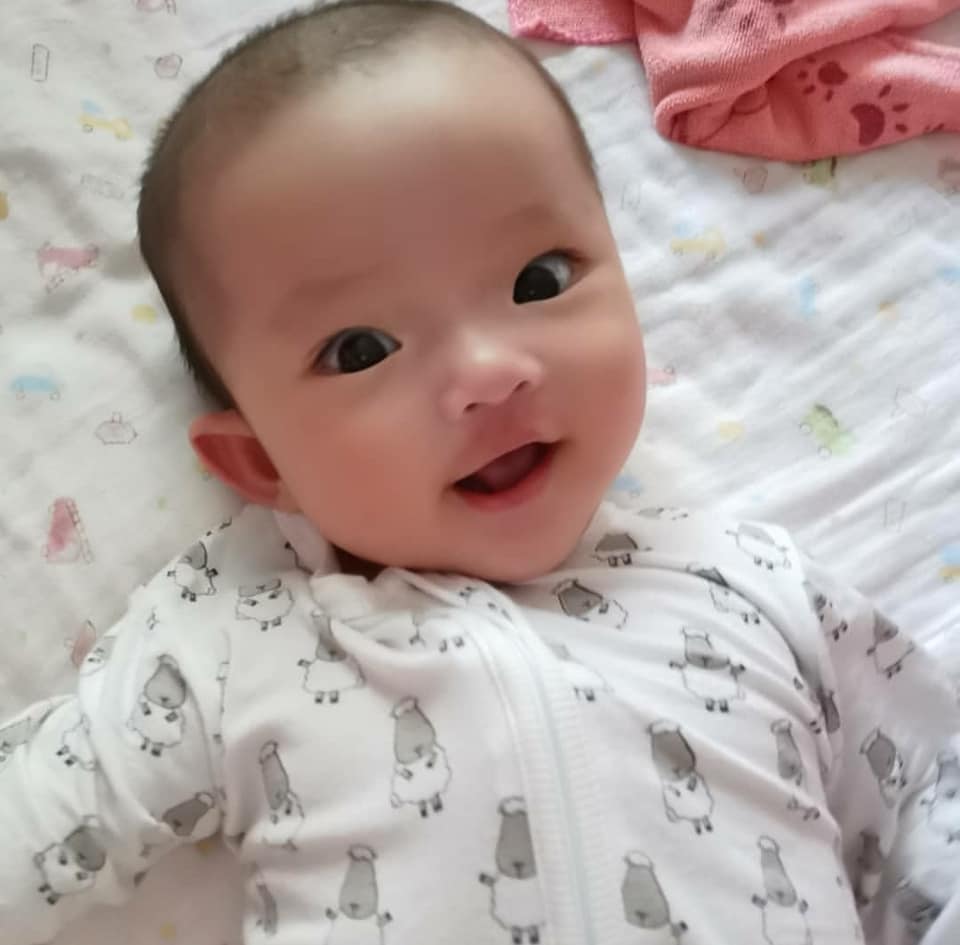
Additionally, do ensure that the room is at a comfortable temperature. Check to see if your little one is sweating or if his/her chest feels hot, and adjust the temperature accordingly. Use a sleep sack or sleep clothing rather than additional covers, and definitely do not cover your baby’s head. Swaddling your baby can reduce the risk of SIDS. When done correctly, it should be snug enough but you should still be able to fit two or three fingers between the blanket and your little one’s chest. At the bottom of the swaddle, your baby’s legs should be bent and flared out.
Sleeping Positions
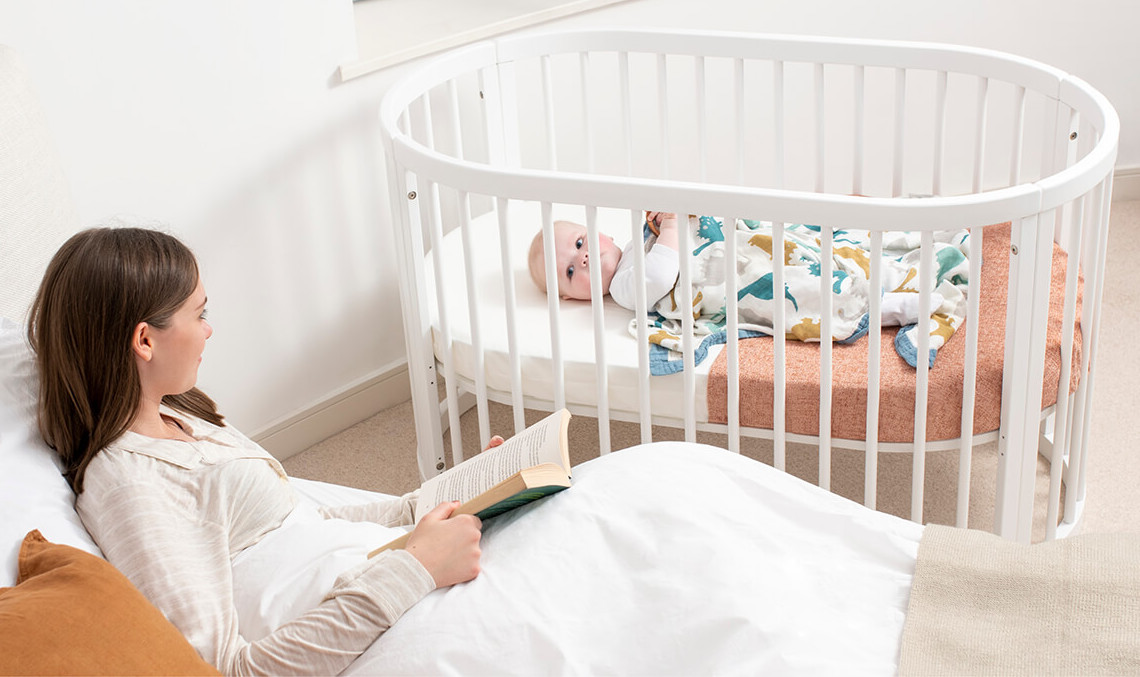
Of all the sleeping positions, the safest is to put your baby on his/her back. It’s vital that all caregivers practice this any time they put your baby to sleep, especially in the first year of his/her life. Infants who are usually placed on their back are 18 times more likely to die of SIDS if placed on their stomachs, as they have difficulty adjusting to the change in position.
While infants on their side may be able to roll onto their stomachs, they may lack the skills to flip themselves back onto their backs or sides. Once your baby can roll over by himself/herself, it’s fine if he/she starts to flip over on his/her own.
If your baby falls asleep in a carrier, car seat, stroller or sling, it’s recommended to move him/her to a crib or flat surface as soon as possible. In a carrier or a sling, infants’ faces should be visible, with their noses and mouths clear of obstruction. Additionally, their heads should be up and above the fabric.
Breastfeeding and Pacifers
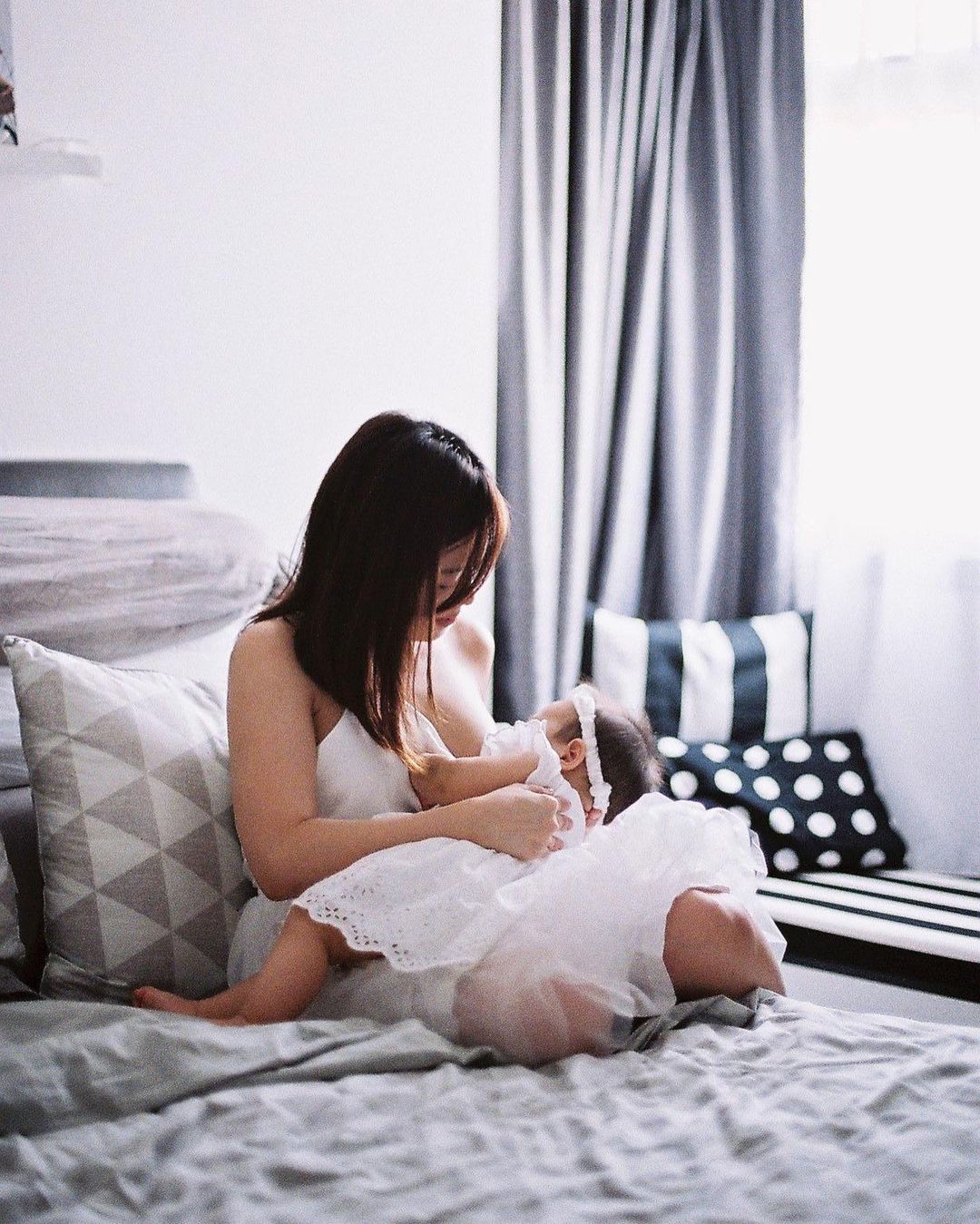
According to American Academy of Pediatrics, breastfeeding your little one for at least two months can reduce the risk of SIDS by half. In a study done by Thompson JMD, et al. Pediatrics, published on Oct 30, 2017, the authors found that breastfeeding provides protection against SIDS. This is true even if mums are unable to breastfeed exclusively. As a result, the Academy recommends exclusive breastfeeding for six months to a year.
At the very least, breastfeeding should continue for at least two months for such protection to take effect. Breastfed babies may have better arousal from sleep, and breast milk also boosts their immune systems and supports their brain development. These two factors may be reasons why breastfeeding protects infants from SIDS.
Another study showed that pacifier use at sleep time can also decrease the risk of SIDS, especially when done together with the other recommendations. Additionally, pacifier use decreased the risk of SIDS more when the babies were sleeping in the prone or side position, using soft bedding or bed sharing. Hence, pacifier use may be an additional way to reduce the risk for SIDS for babies, especially if they are in high risk or unfavourable sleep environments.
Essentials for Mums and Babies: Breastfeeding and Pacifiers
Infant CPR
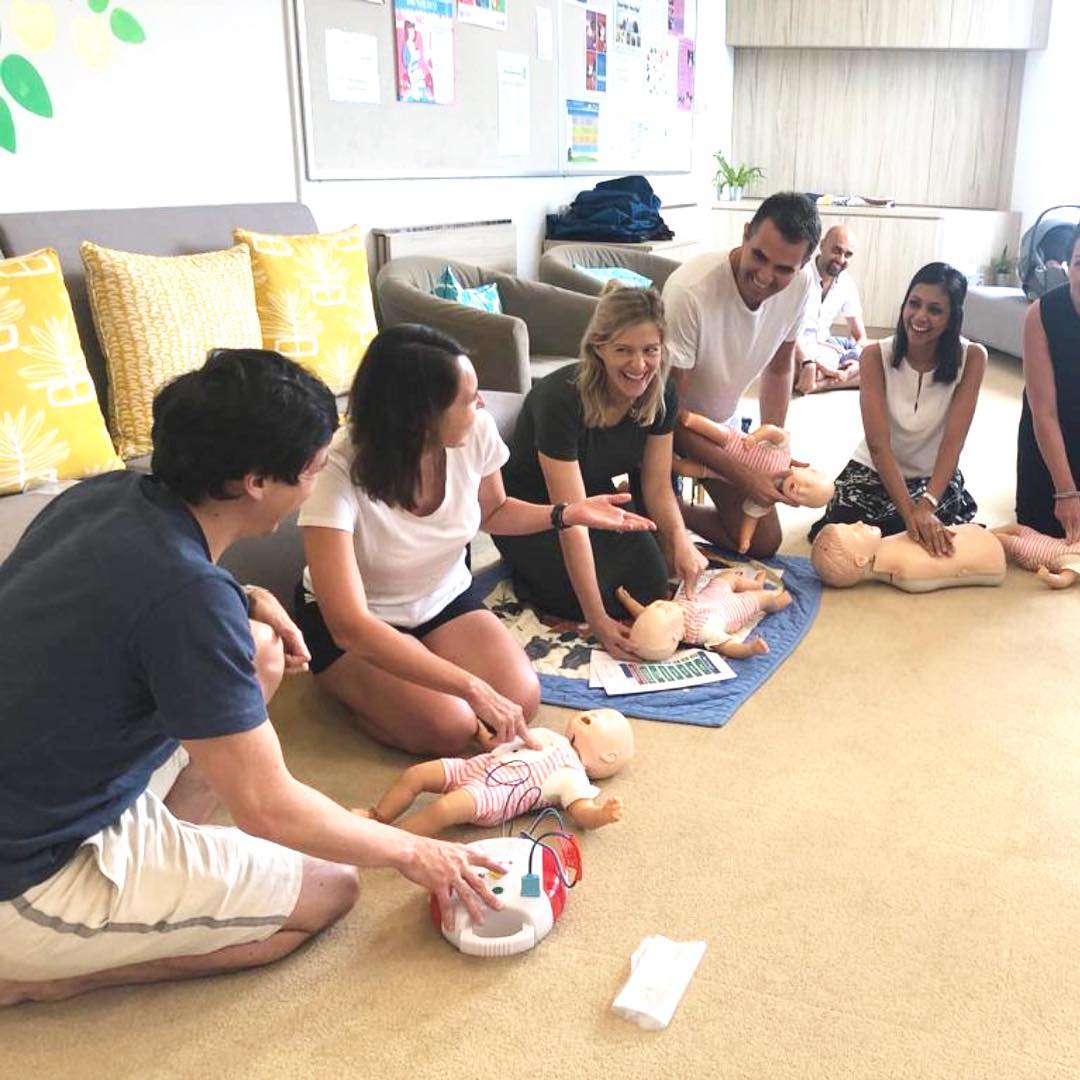
If you notice your infant is not breathing or is not responsive, begin CPR, so that you can manually pump the heart. This delivers oxygenated blood to the brain and other vital organs. When performed immediately, this can be very effective. Be sure to take an infant first aid course to learn how to do this, preferably before your baby is born. This can be helpful also to aid your child when he/she is choking, drowning, or if he/she has chest injuries, respiratory problems or chest injuries. Additionally, infant CPR can help your baby if he/she has ingested items he/she shouldn’t have, e.g., medications or household poisons. It can also help you identify symptoms of cardiac arrest, which presents differently in babies compared to adults.
Where to Learn Infant CPR
Beloved Bumps
Inspire Mum & Baby
Mother and Child
ParentLink
Singapore Emergency Responder Academy
Singapore First Aid Training Centre
Thomson ParentCraft Centre – fill up the enquiry form and they will contact you with the course details
Relevant Reads: Choosing a Crib, Pacifier Use, and Newborn Care
This article originally appeared on Motherswork.



